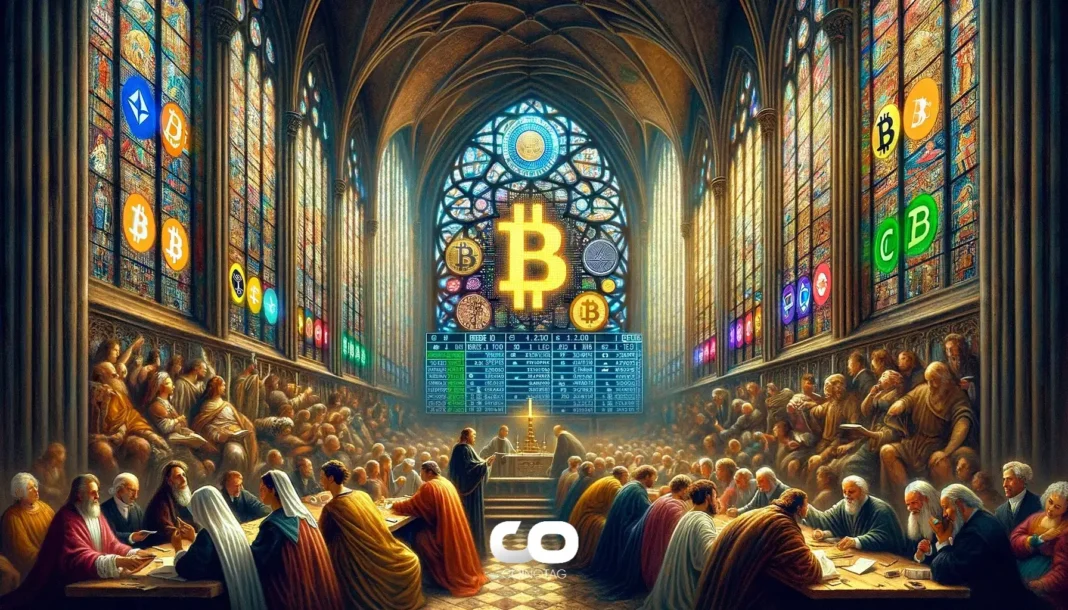- South Korea embraces a new regulatory framework to satisfy the public expectation of a crypto-friendly regulation.
- The FSC Chairman Kim Joo-hyun states that the new virtual asset division aligns with the nation’s regulatory vision.
- The country’s first law on virtual asset user protection is slated to be implemented on July 19.
South Korea’s new crypto regulation framework aims to balance financial innovation and investor protection, setting a benchmark in the global crypto space.
South Korea Adopts Comprehensive Crypto Regulatory Framework
South Korea is taking significant steps toward a comprehensive crypto regulatory framework that aligns with public demand and international standards. The head of the South Korean Financial Services Commission (FSC), Kim Joo-hyun, has revealed the creation of a new virtual asset division that’s designed to integrate smoothly with the nation’s financial ecosystem.
Implementation of the Virtual Asset User Protection Law
The landmark law for the protection of virtual asset users is scheduled to take effect on July 19. This new regulation aims to critically review the listing status of over 600 virtual assets currently in circulation. In a proactive move, the FSC has instructed 29 crypto exchanges, including major players like Bithumb, Upbit, and Gopax, to conduct regular evaluations of their listed tokens.
Spot ETFs: A Word of Caution
Amidst these regulatory advancements, the Korean Financial Institute (KFI) has issued a warning regarding the potential disadvantages of Spot Exchange-Traded Funds (ETFs). The KFI highlighted concerns that the introduction of such products may lead to inefficiencies in resource allocation and an increased exposure to risks inherent in the crypto market.
Impact on Global Crypto Regulatory Trends
South Korea’s balanced approach—emphasizing both investor protection and innovation in financial services—could serve as a model for other countries grappling with how to regulate the burgeoning crypto industry. The country’s efforts showcase a proactive stance, aiming to achieve a harmonious regulatory environment that boosts confidence in the digital asset market.
Conclusion
South Korea’s new regulatory measures underline its commitment to fostering a secure yet innovative financial landscape. The upcoming implementation of the Virtual Asset User Protection Law represents a critical step in achieving this balance, potentially influencing regulatory practices worldwide. As other nations observe South Korea’s approach, it could spur a wave of similar initiatives aimed at harmonizing innovation with rigorous investor protection measures.







